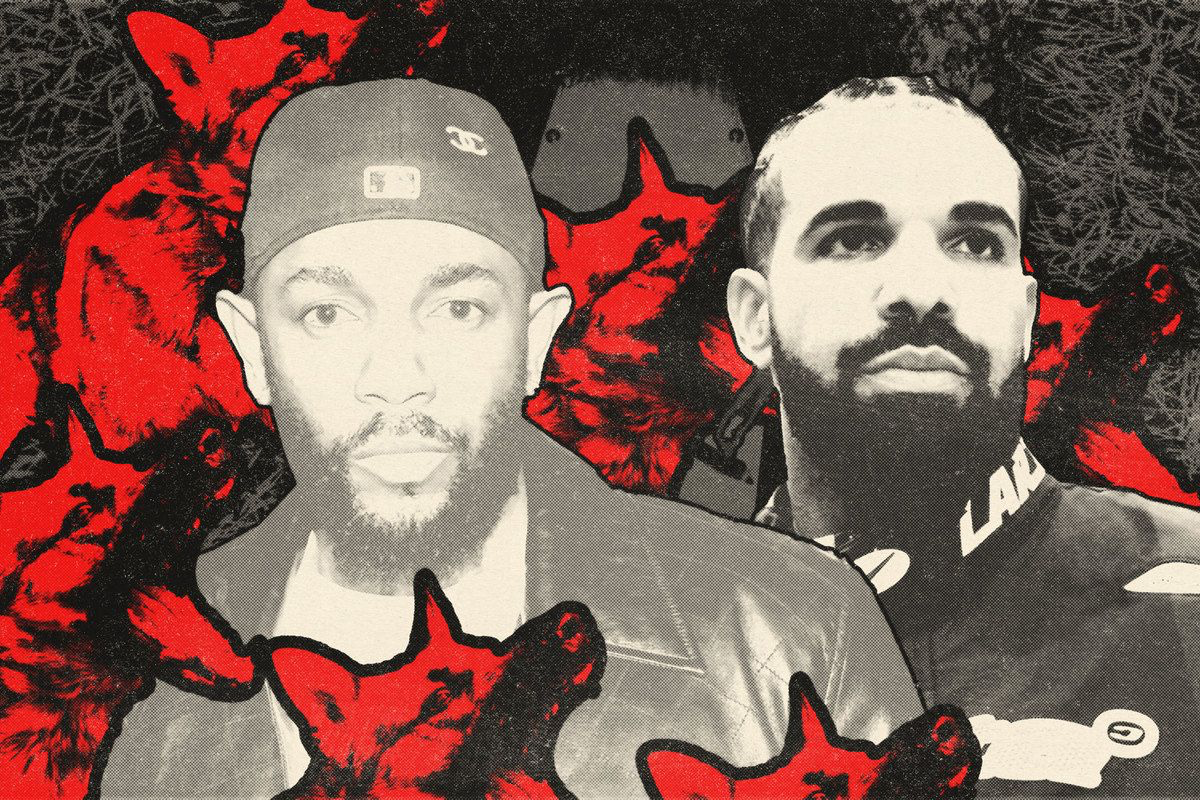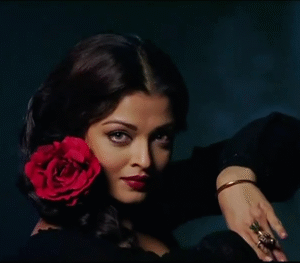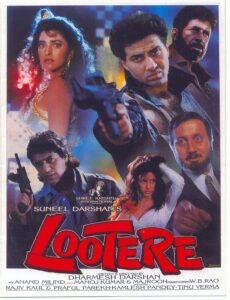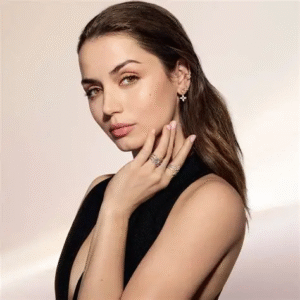2024 has been described as a “great time to be a hip hop enthusiast”- all because two renowned musicians spent weeks lobbying insults and allegations at each other through their songs. Kendrick Lamar vs. Drake feud 2024
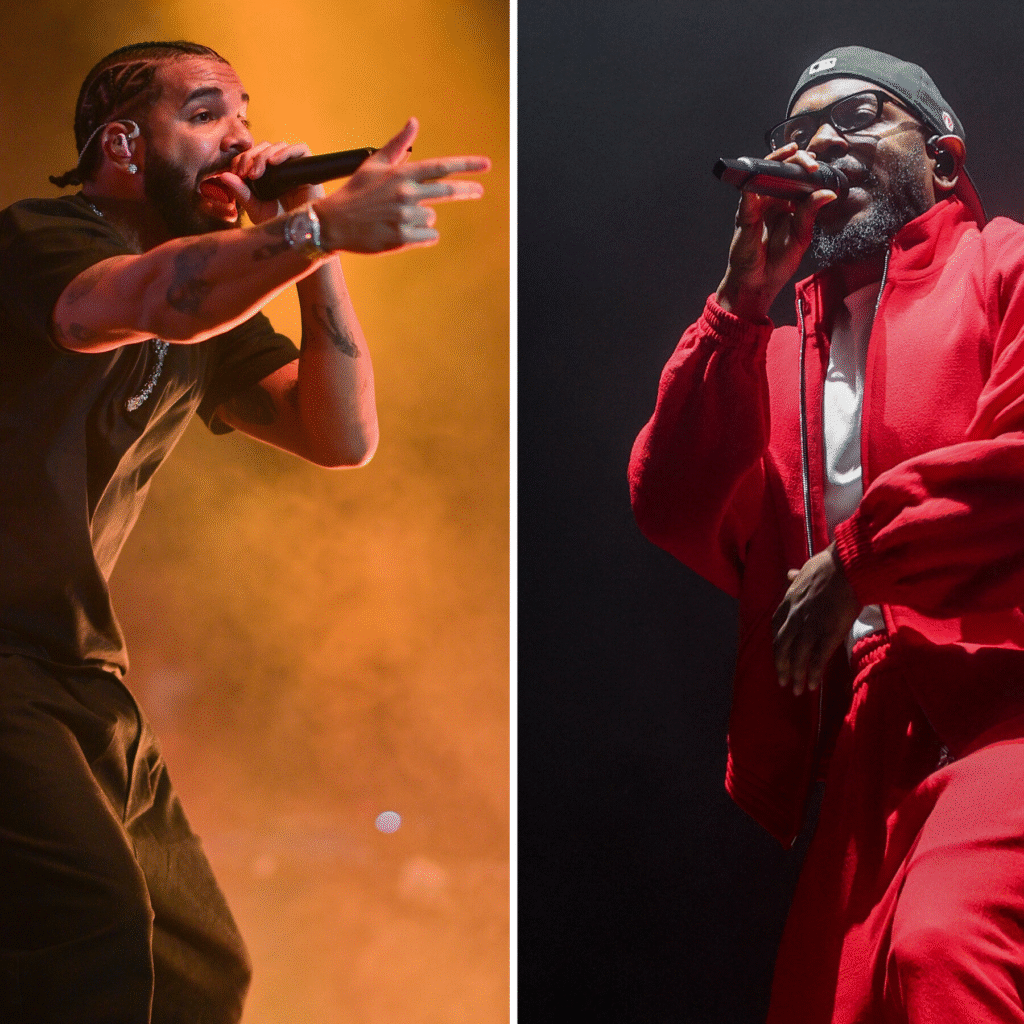
The rap battle between Kendrick Lamar and Drake, famous musicians based out of the US and Canada, took full swing in March when Lamar released his track “Like That”, responding to a lyric by another artist, J. Cole, who clubbed himself, Drake and Lamar as the “big three”. Lamar discouraged the idea of “big three” – claiming he was the only one. Drake was quick to respond, and the rest is history. Over 9 solos relating to this feud have been released, and there are more tracks from previous years of this long-going rivalry.
Social media reacted quickly, and digital creators created multiple reaction videos throughout this controversy. A digital creator reported that Lamar had waived the copyright restrictions from his reaction videos. Drake is said to have followed suit later.
Essentially, removing copyright from digital content generates cash for digital creators. Creating revenue from copyrighted songs by major labels and artists such as Drake and Kendrick would only be possible in some cases owing to the rigorous platform regulations and global copyright laws. To fully comprehend the impact of the alleged ‘removal of copyright‘, it is critical to grasp the copyright rules and other limitations.
Understanding Copyright Law in the US
In simpler terms, copyright is the ownership that the originator enjoys over his creative work. In essence, no one can use a piece of content commercially without the author’s permission – this restriction is called copyright. The concept has been around for decades and has been modified accordingly to tackle the challenges of digital media platforms.
Even though rapid growth in technology, ease of communication and quick data sharing have made it extremely difficult for copyright owners to protect their work online. Nevertheless, lawmakers and legislators have tried to keep up with the emerging trends to modify intellectual property legislation accordingly, and to enhance copyright protection. Under the Digital Millennium Copyright Act of 1998, the US protects the rights of copyright owners, in which Section 1201 puts liability on anyone who circumvents technological protection measures. Though some argue that Section 1201 has thus inadvertently created a chilling effect on free speech, the creators also have the defence of ‘fair use’ when it comes to borrowing creative works of other authors for their own.
However, a few factors are to be considered when pursuing the defence of “fair use” of copyrighted content –
- The nature of the copyrighted work;
- The purpose and character of the use, including whether such use is commercial or is for nonprofit educational purposes;
- The amount and substantiality of the portion used concerning the copyrighted work as a whole and
- The economic effect of such use on potential buyers or value of the copyrighted work.
Social media platforms like Google and Meta have created digital forums for copyright owners to report infringements. These infringements often result in warnings or DMCA takedowns.
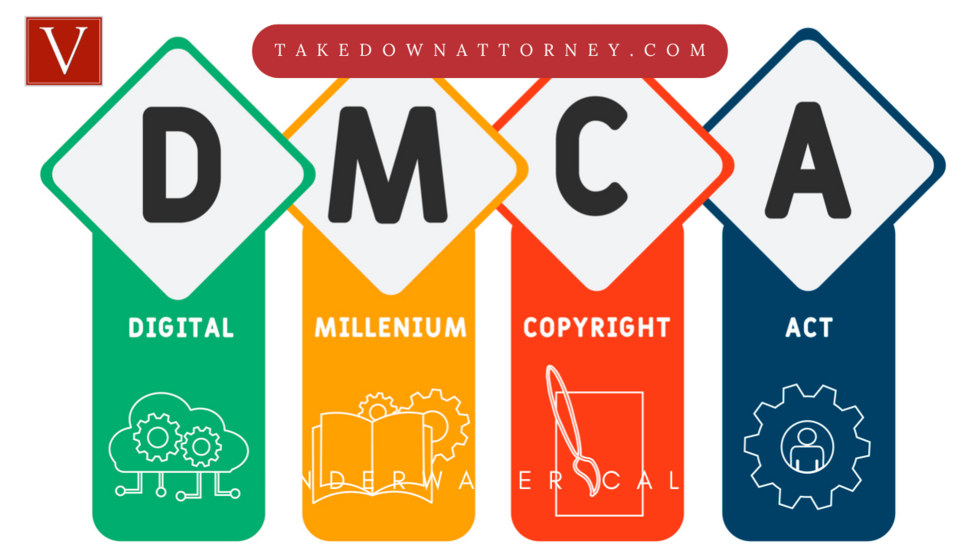
DMCA takedowns are most prominent on platforms such as YouTube and Twitter, where even a snippet of copyrighted content be it audio or video quickly invites a takedown notice – which means creators cannot earn revenue if they are using copyrighted material in their content, not even when they are publicly reacting to it or criticising it as a part of their “free speech” or under the defence of “fair use”.
These takedowns prevent digital content creators from using copyrighted content in long-format videos thereby, preventing them from commercially exploiting the creative work of other authors and generating revenue from the same. Music labels spend millions of copyright infringement notices daily across several platforms. However, in the instant case both Drake and Kendrick’s music labels refrained from filing takedowns for their music on the rap feud. Let’s look at the possible reasons for this strategy.
Kendrick Lamar vs. Drake Feud 2024
The Role of Copyright Waivers in Digital Content Creation
The feud recently reignited with the release of several diss tracks filled with personal jabs and allegations, which have captivated fans and fellow artists alike. The most recent releases include Kendrick’s “Not Like Us” and Drake’s “The Heart Part 6“.
The decade-long feud has gained worldwide acclaim and thereby the waiver of copyrights not only allowed the fans of the two artists to jump into the arena to defend their artists but also they no longer had to worry about takedowns but could do so with the utmost freedom and detail. As a result, any new release by the artists quickly rose on the trend list, helped them gain clout and proved an economical means of promotion.
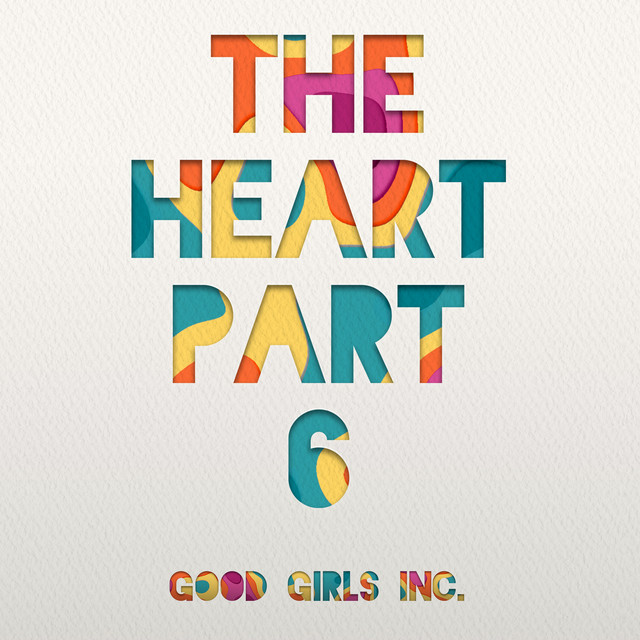
One may say in this instance that “all publicity is good publicity?”
The waiver also allowed digital content creators to throw caution to the wind and focus solely on generating revenue from the feud, which further boosted the feud’s popularity, allowing the artists and their labels to benefit from the publicity.
However, it is imperative to note that the waiver of copyright by artists concerning digital content creators does not prevent them from taking action against any other third parties for the exploitation/infringement of their copyrighted work. A well-drafted waiver allows the author of the copyrighted work to control the use of its work by any other persons in a mutually beneficial manner.
There are typically three types of waivers for creators:
- Creative Commons (CC) license allows creators a standardised way to grant permissions to others regarding the use of their work. These licenses come in different forms and specify the extent of freedom granted to users.
- Public Domain dedications involve creators relinquishing all copyright interests in a work, by placing it in the public domain. In this regard, creators allow anyone to use, modify and distribute their work without any form of restriction.
- Custom Waiver Agreements are used to address specific conditions, limitations, or permissions that may not be covered under standardised licenses and thereby allow better flexibility and scope of negotiation to the creators.
Waivers of copyright are however not absolute and there are certain limitations to the same, for example, waivers may be subjected to certain geographical or jurisdictional limitations, the waived rights cannot be transferred to a third party and they do not guarantee against potential future claims of infringement.
It is also important to note that international law remains silent on the impact of waivers on moral rights, and the same can be interpreted as per the existing legal trends and norms of each country.
The Impact of the Waiver Strategy in the Kendrick-Drake Feud
The 2024 rap feud between Kendrick Lamar and Drake showcases not only the intense rivalry between two of the biggest names in hip hop but also highlights a strategic use of copyright waivers that has redefined the boundaries of digital content creation. By allowing creators to freely use their music, both artists have successfully tapped into the viral potential of social media and YouTube, ensuring their music stays at the forefront of public attention. This approach emphasizes how modern artists and their labels can leverage copyright laws to benefit both creators and consumers, all while maintaining control over their intellectual property.
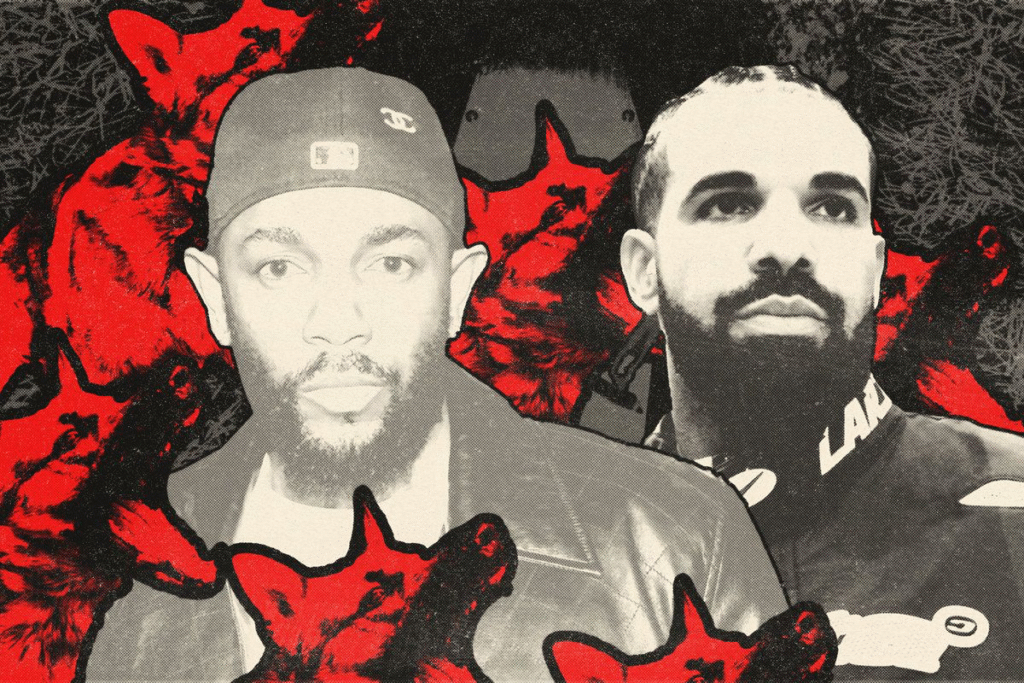
As copyright rules continue to evolve, it will be interesting to see how this balance between protecting creative works and fostering open digital platforms develops. Ultimately, the Kendrick-Drake feud is more than just a clash of egos; it reflects the growing interplay between music, media, and intellectual property in today’s digital age.

